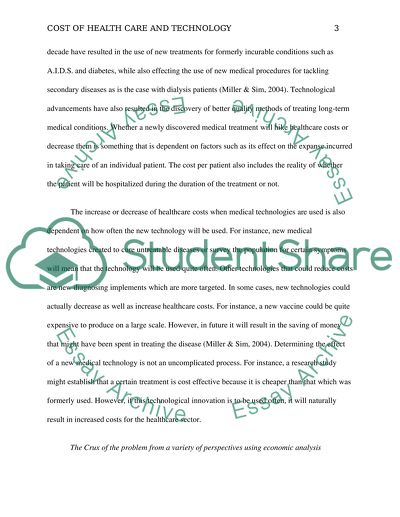Cite this document
(“The Increasing Cost of Health Care as New Technologies are Introduced Research Paper”, n.d.)
The Increasing Cost of Health Care as New Technologies are Introduced Research Paper. Retrieved from https://studentshare.org/nursing/1626540-the-increasing-cost-of-health-care-as-new-technologies-are-introduced
The Increasing Cost of Health Care as New Technologies are Introduced Research Paper. Retrieved from https://studentshare.org/nursing/1626540-the-increasing-cost-of-health-care-as-new-technologies-are-introduced
(The Increasing Cost of Health Care As New Technologies Are Introduced Research Paper)
The Increasing Cost of Health Care As New Technologies Are Introduced Research Paper. https://studentshare.org/nursing/1626540-the-increasing-cost-of-health-care-as-new-technologies-are-introduced.
The Increasing Cost of Health Care As New Technologies Are Introduced Research Paper. https://studentshare.org/nursing/1626540-the-increasing-cost-of-health-care-as-new-technologies-are-introduced.
“The Increasing Cost of Health Care As New Technologies Are Introduced Research Paper”, n.d. https://studentshare.org/nursing/1626540-the-increasing-cost-of-health-care-as-new-technologies-are-introduced.


